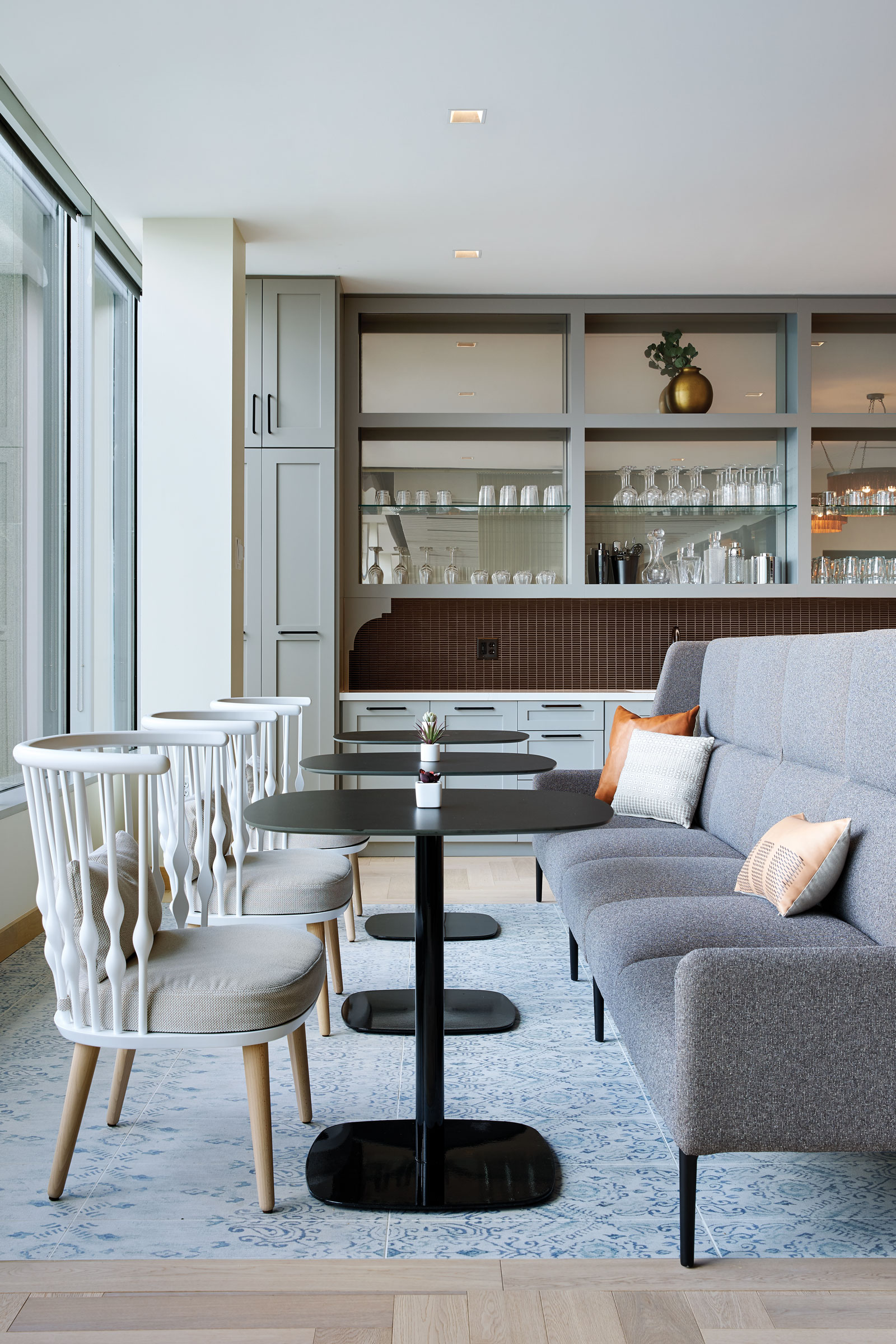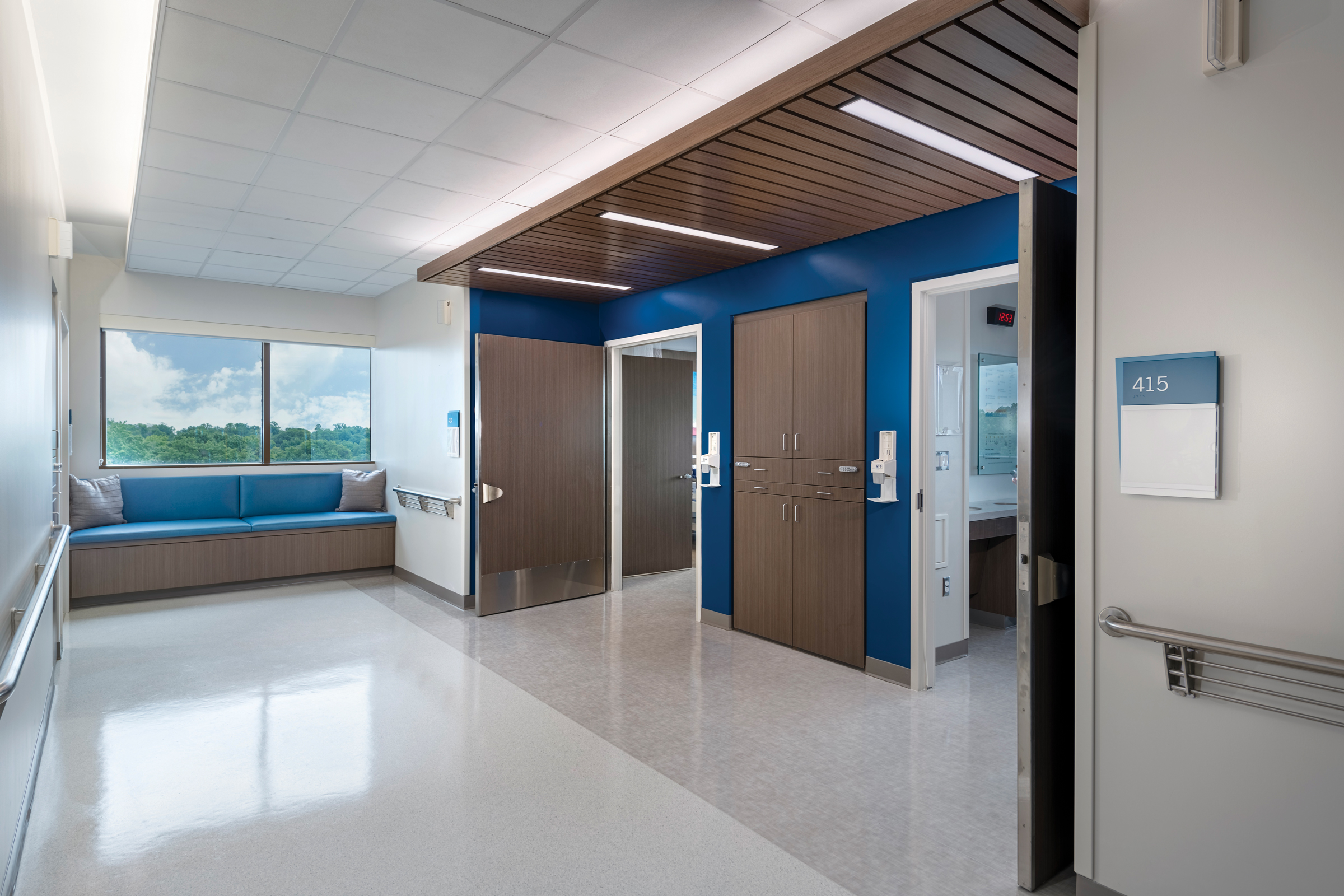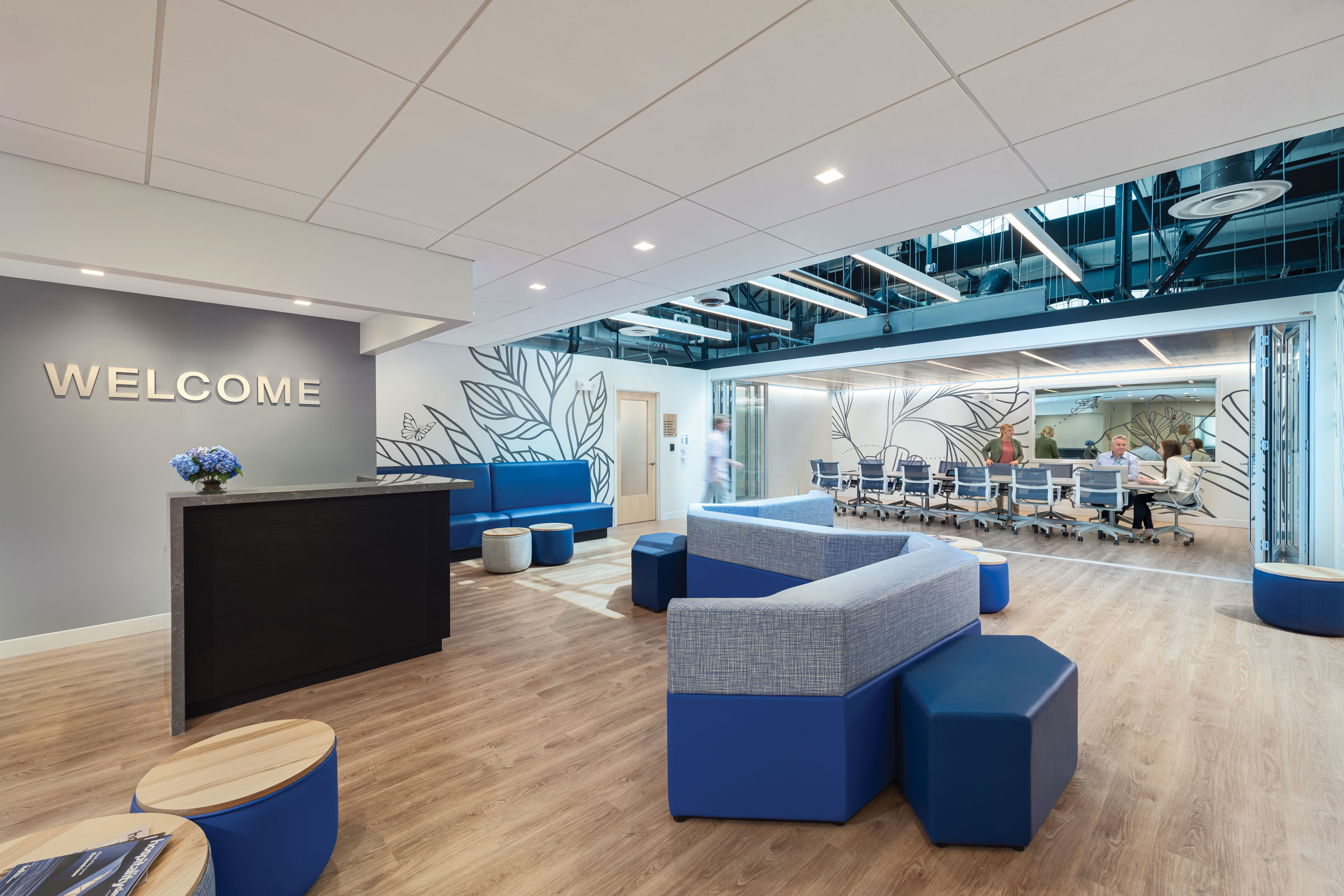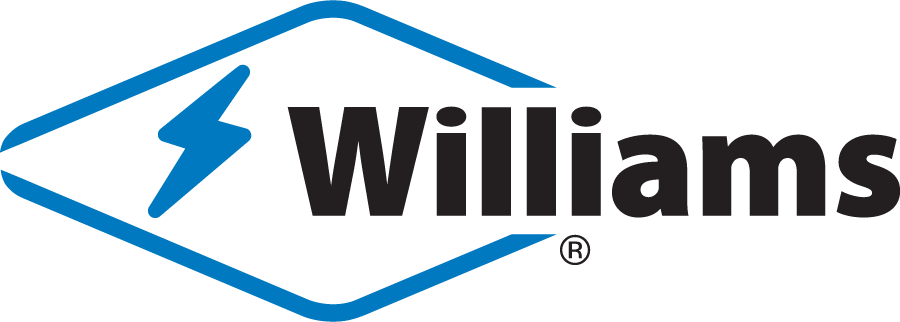Story at a glance:
- H.E. Williams considers the desired lighting performance, then complements it with accentual lighting options.
- Williams’ controls can be used to automatically turn off lights when not needed or to dim harsh lighting.
- More than 75 Platformatics-ready LED luminaires from Williams provide turn-key networked lighting and sophisticated controls.
As H.E. Williams, Inc. celebrates its 100th year in business, the lighting company has contributed to monumental changes in the industry—from gaining a foothold in the fluorescent industry in 1939 to partaking in the advent of the commercial LED in the late 2000s. With so many decades of experience, they also pride themselves in knowing what works for customers.
“The best lighting tools are the ones an architect can apply to show off the architecture, versus the product as itself,” says Dan Kohnen, director of commercialization. Kohnen has been working with Williams since 1999 and has watched the design world evolve to incorporate more LED lighting and human-centric design.
LEDs last longer, are more durable, and simply offer better lighting control. LEDs use at least 75% less energy and last 25 times longer than incandescent lighting, according to energy.gov. As a Buy American–compliant, third-generation family business, Williams designs, engineers, and manufactures all of its LED products from its home base in Missouri. “Our customers know they can trust our product, and trust us because we do everything in-house. We have a strong reputation of delivering quality products,” Kohnen says.
Can Light Complement Design?

Continuous recessed linear lighting from H.E. Williams, Inc. is used to draw the eye toward the signage at NeoCity in Kissimmee, Florida. Photo courtesy of H.E. Williams, Inc.
LED lighting allows an architect’s design to take center stage, blending in or bringing particular elements to life. “We provide products the architect can integrate into their design,” Kohnen says. “Our goal is to be a reliable resource for the architect to take their vision to a higher level.”
Williams considers the desired lighting performance, then complements it with accentual lighting options. Subtle fixtures—like the company’s downlight collection, linear recessed lights, or cove and slot lights—guide visitors through environments. “Lighting design is more than providing illumination for a task,” Kohnen says. “A space’s function informs the architecture, and the architecture informs the lighting design.”
How Does Light Provide Occupant Comfort?

The square downlights at The Marq in Minneapolis, designed by ESG Architecture & Design, use a warm 3000K CCT for ambience. Photo courtesy of H.E. Williams, Inc.
The industry has seen a push toward human-centric design in the past 20 years. Architects are increasingly concerned with indoor air quality, ergonomics, acoustics, biophilic design, and the list goes on. This prioritization of well-being applies to lighting design as well.
Kohnen says the first step to designing for occupant comfort is to reduce the glare and flicker that contribute to eye strain. The Williams engineering team then examines color rendering and temperature. Matching a fixture’s color with a space’s mood, along with reducing visual fatigue factors, contributes to a healthy and productive environment. For example, the lights you’d use in an outdoor parking lot aren’t suitable for an indoor restaurant. When it comes to lighting, Kohnen says, context matters.
Lighting controls contribute greatly to comfort, too. Control solutions from Williams not only give users power over their space, they also save energy, enhance ambience, and invite flexibility. Controls can be used to automatically turn off lights when not needed or to dim harsh lighting. Kohnen says they can boost morale and productivity by providing the right light to match the time of day based on occupants’ circadian cycle. “We work with research institutions and LED manufacturers to provide these key features in our products,” Kohnen says.
Platformatics—an IoT lighting controls company and a subsidiary of H.E. Williams, Inc.—employs PoE (Power over Ethernet) technology, along with IoT devices, to collect and analyze data in the built environment, enabling your building to function at an optimal level. The company’s solution promotes an enhanced workplace experience and smart space utilization, and it offers up to 86% in energy savings.
Has Lighting Design Evolved?

A mix of cove lighting and ambient linear products from H.E. Williams are used for low-glare lighting in the hallway of fourth floor patient rooms at the Virginia Hospital Center in Arlington. Photo courtesy of H.E. Williams, Inc.
The advent of the LED in the late 20th century was a game changer for the industry. In 2009 Williams launched its first LED fixture and never looked back. Nowadays the company estimates 99% of its products are LED—with the remaining 1% mostly reserved for maintenance and service-related replacements.
“We’ve reached a point where we don’t really talk about LED lighting anymore. It’s just lighting. Lighting is LED because it really has taken over as the main light source,” Kohnen says. Prior to this groundbreaking market shift, lighting designers had to reconcile how to make an aesthetic design that was also long-lasting. Kohnen explains that halogen lights provided beautiful color at a short lifespan, while HID lights had a robust lifetime but produced poor color. There simply wasn’t a lamp on the market that could do it all—until LEDs.
“Twenty-five years ago, we had to compromise our designs by choosing a light source that had really good color correlation but a very short lamp life,” Kohnen says. “Or something that lasted a long time but with very poor color rendering. We were always trying to balance these two things—color quality versus lamp life.”
Today LEDs hit both of those marks—as an attractive and long-lasting light source—something that simply wasn’t possible decades ago.
What are My Aesthetic Options?

H.E. Williams solutions were used inside this private office. Photo courtesy of H.E. Williams, Inc.
Recessed, perimeter, cove, directional—the options for lighting are endless.
Perimeter (PX) and cove (CX) lighting are great options for designers seeking a light source that seemingly disappears into the space. You can’t see the fixtures themselves—you only see the light that the fixture emits. These types of fixtures create layers of light, ideal for guiding people through a space.
Linear recessed lighting, which is flush with the surface of walls and ceilings, is sleek and elegant, providing visual movement within a space.
One of the most versatile products from Williams is the MX Linear. It’s ideal for office spaces, classrooms, or corridors. MX comes in 2- and 4-inch sizes, along with various finishes.
The Williams downlight collection provides single point source lighting. The collection offers 2-, 4-, 6-, and 8-inch options, and customers can also choose a round or square style. The directional lights can be fixed or adjustable, depending on the customer’s needs.




